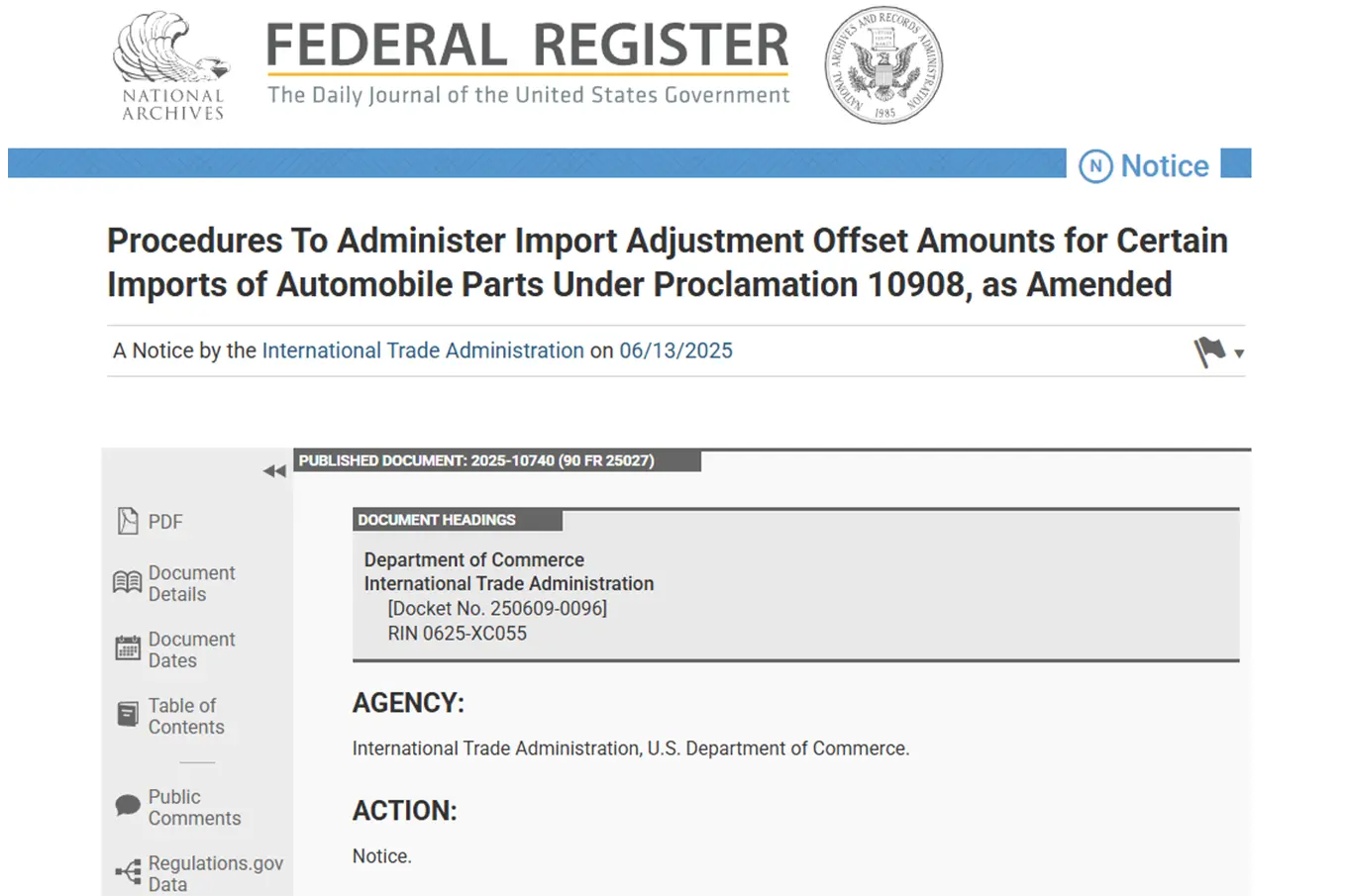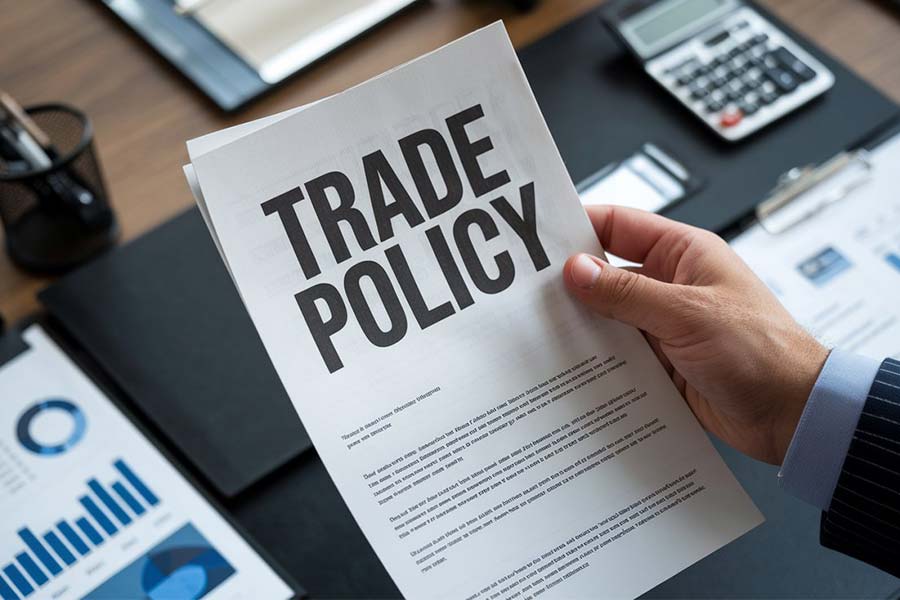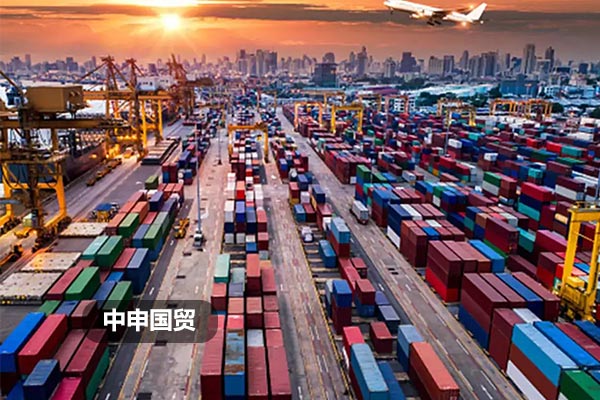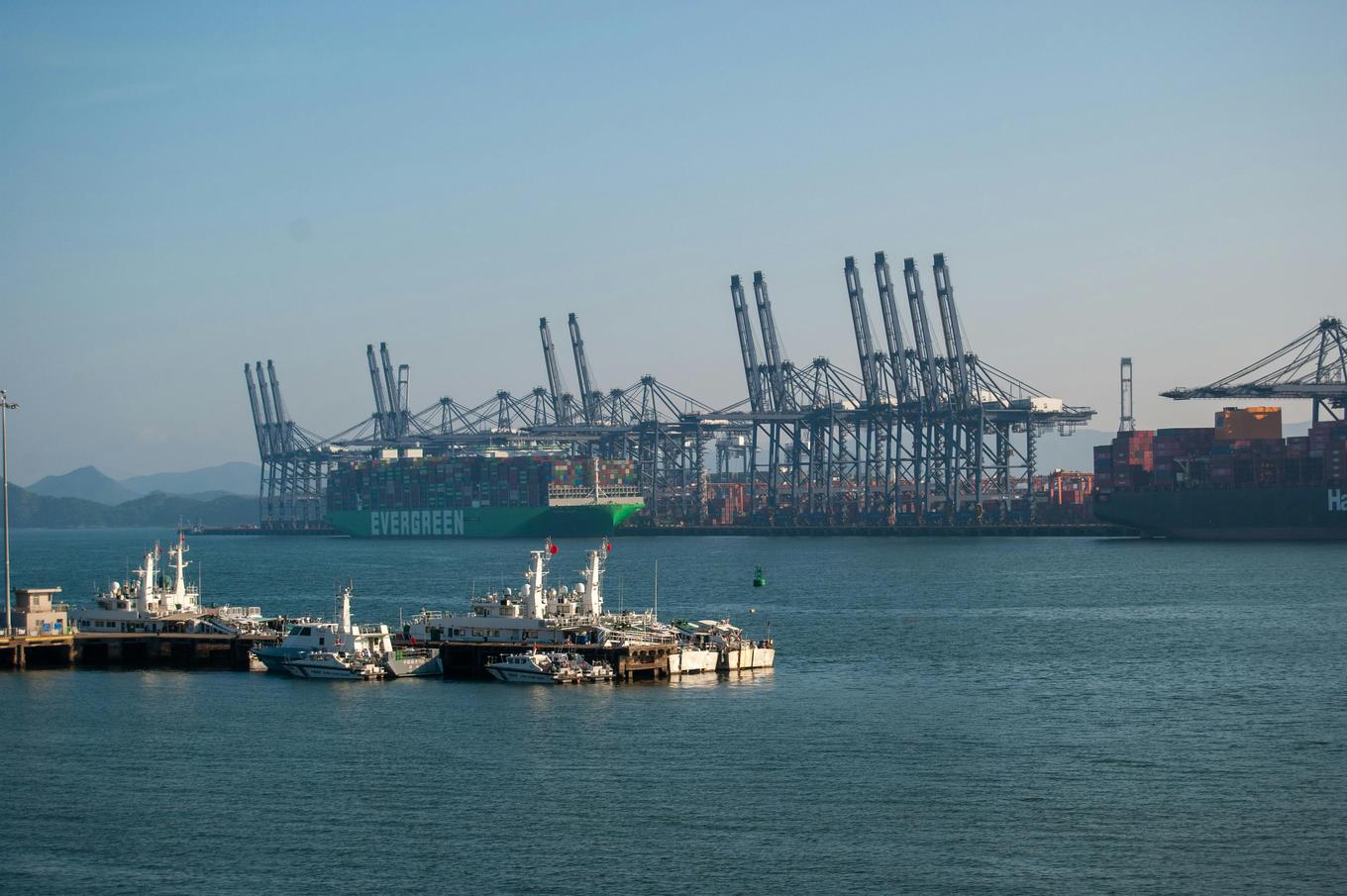- Shanghai Zhongshen International Trade Co., Ltd. - Two decades of trade agency expertise.
- Service Hotline: 139 1787 2118
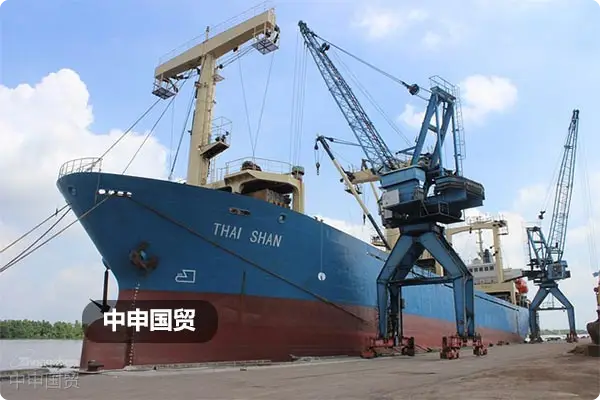
High-end kitchenEquipment ImportsNew market trends
The global commercial kitchen equipment market size is projected to exceed $48 billion by 2025, with a 22% annual growth rate in imports of high-end products such as modular smart cooking systems and molecular gastronomy equipment. However, 67% of catering enterprises have encounteredCustoms classification errors,Non - compliance with technical standards,Excessive logistics damageand other major issues.
Risk breakdown of key import processes
- Certification black holes
- EU CE certification must include EN 60335-2-64 special clauses
- US UL standards have additional fire resistance testing requirements for embedded equipment
- Tariff optimization blind spots
- Modular equipment can be declared separately to save 6-8% in tariffs
- HS codes 8514.60 and 7321.90 have an 11% tariff rate difference
- Logistics solution misconceptions
- Precision instruments must use temperature-controlled containers (CTU certified)
- For shipments originating from Germany, Hamburg direct routes should be prioritized
Practical customs clearance strategies
A Michelin three-star restaurant successfully imported German fully-automated molecular gastronomy equipment in 2025 through professional agency services, achieving:
- 3CCertification cycle reduced from standard 90 days to 45 days
- 14.7% tariff reduction utilizing free trade agreements
- Transportation damage rate lowered to 0.3% using vacuum shock-proof packaging
Value Matrix of Agency Services
- Pre - classification Service: Secure correct HS codes in advance
- Technical document modification: Compliance with China GB 4706.64 standards
- Emergency customs clearance channel: Resolving sudden customs inspection delays
2025 import trend forecast
With the full implementation of RCEP, imports of ASEAN-origin equipment will surge. Key focus areas:
- Vietnam-made smart steam oven tariffs reduced to 5%
- Malaysia-assembled equipment eligible for cumulative origin rules
Related Recommendations
? 2025. All Rights Reserved. Shanghai ICP No. 2023007705-2  PSB Record: Shanghai No.31011502009912
PSB Record: Shanghai No.31011502009912

